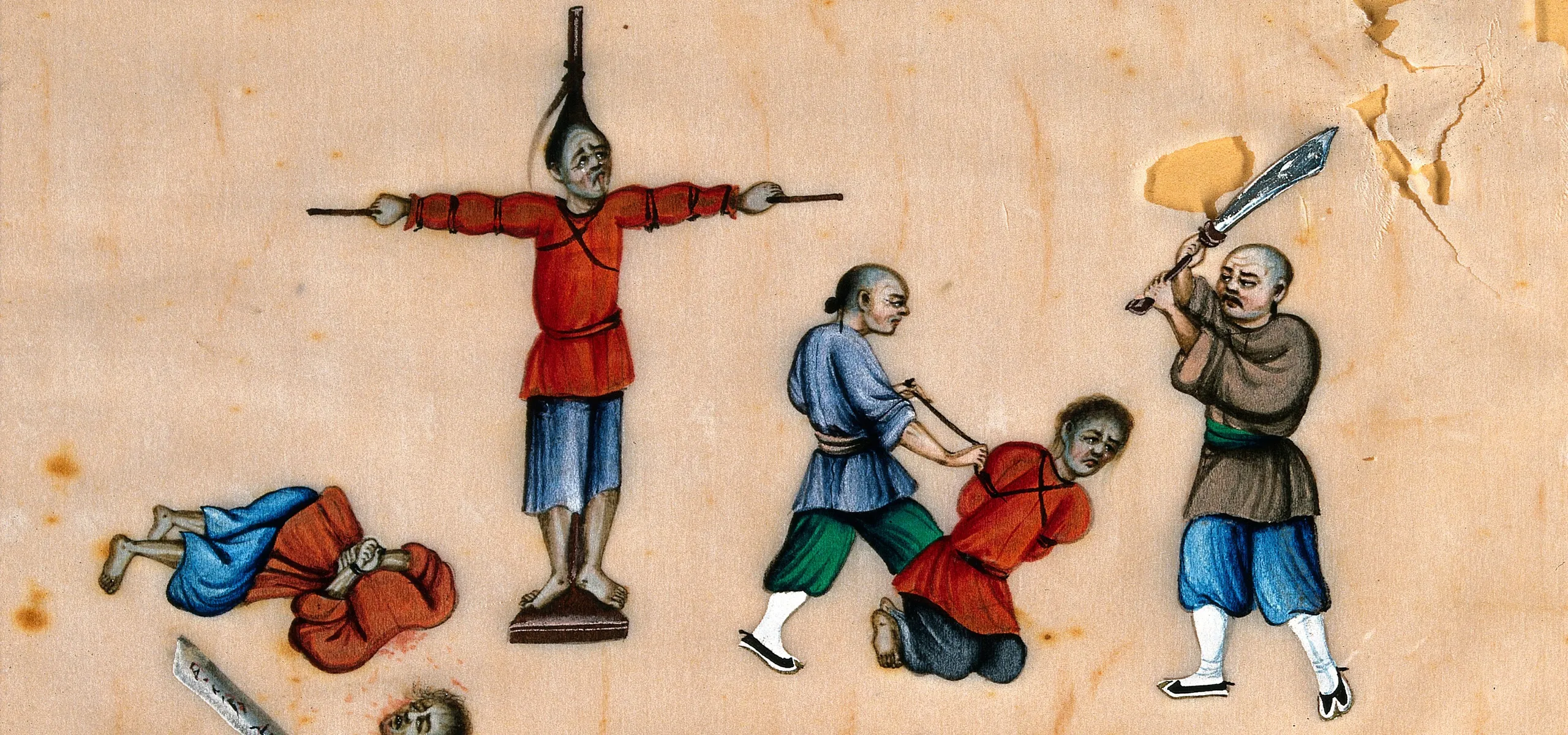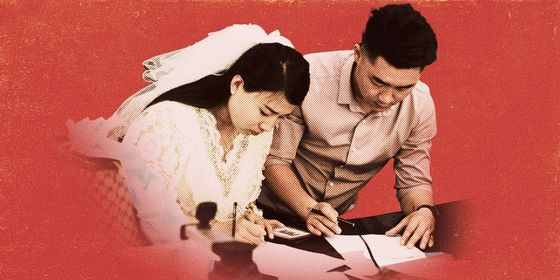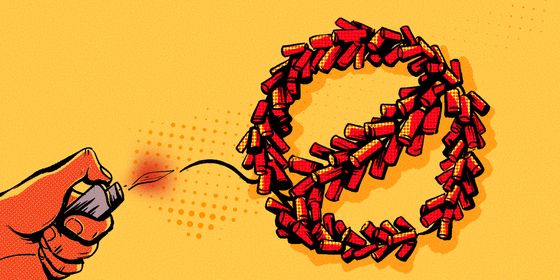From ankle crushing to slow slicing, ancient Chinese punishments and torture were brutal
September 1630 was not a good month for Yuan Chonghuan (袁崇焕). The Ming dynasty (1368 – 1644) general’s military reputation lay ruined after he failed to fight off an invading Jurchen army at Shanhai Pass in today’s Hebei province. Next, he was accused of collaborating with the enemy. Though there was little evidence against him, the Ming state hastily found Yuan guilty and sentenced him to the most brutal of punishments: death by lingchi (凌迟), or “slow slicing.”
In front of a large crowd at Ganshiqiao in Beijing, an executioner began slowly cutting and slicing Yuan’s body with a knife, removing various body parts while keeping him alive. It took half a day for Yuan to die, after receiving hundreds of cuts. According to Northern Affairs of the Late Ming (《明季北略》), written by Ming historian Ji Liuqi (计六奇), local residents collected Yuan’s body parts after he finally stopped breathing—they hated him so much they wanted to eat his flesh.
Lingchi was reserved only for heinous crimes such as high treason, multiple homicides, or killing one’s master. However, there were many other forms of physical torture once used either as punishment or to obtain confessions in ancient China.
As early as in the Xia dynasty (c.2070 – 1600 BCE), physical punishment was vital to sustaining political rule. The Book of Han (《汉书》), a historical text finished in the Eastern Han dynasty (25 – 220), stated that Yu the Great (大禹), the mythical founder of the Xia dynasty, “imposed corporal penalties because people’s virtue have deteriorated.”
From the Xia to the Qin dynasty (221 – 206 BCE), physical punishment was institutionalized as the “five punishments (五刑).” They included: tattooing the face or forehead (墨), cutting off the nose (劓) , amputating the feet (剕), removing reproductive organs (宫), and death (大辟).
According to the Rites of Zhou (《周礼》), a work on Zhou dynasty politics and culture, there were 500 crimes punishable by each of the five punishments. For example, anyone who disobeyed an order from the emperor, committed rape, dabbled in theft, or caused bodily harm would have their nose cut off. Those who illegally used the emperor’s carriage would have their feet removed.
There were also many colorful and cruel methods of execution. A criminal could be boiled alive, beheaded and have their head displayed in public afterwards, or even dragged by chariots at speed until their head and limbs were torn off.
Shang Yang (商鞅), a famous politician of the Qin State during the Warring States period (475 – 221 BCE), whose policies helped unify China under Qin rule, eventually died from the chariot method. According to Strategies of the Warring States (《战国策》), a collection of stories and histories of the period compiled during the Han dynasty (206 BCE – 220 CE), Shang Yang was accused of rebellion and tried to go into hiding. He was thwarted by one of his own policies, however: guests had to present identification to stay at inns, so none would offer a room to Shang Yang, who was trying to travel incognito. After he was finally caught, Shang Yang was fastened to five chariots and promptly torn to bits.
One of the most terrible penalties was 俱五刑, literally meaning “all five punishments,” though these were different penalties to the 五刑 mentioned above. The Book of Han explained the details: “Tattoo the face, cut off the nose, amputate both feet, beat with a stick until death. Cut off the head and then throw the body to the public.”













